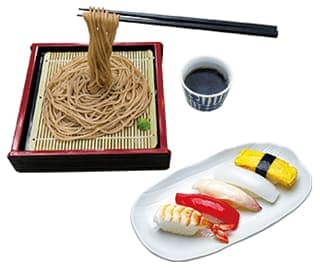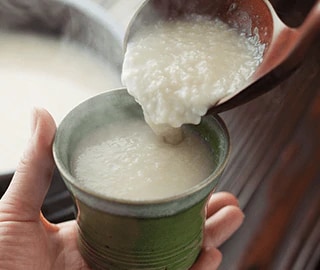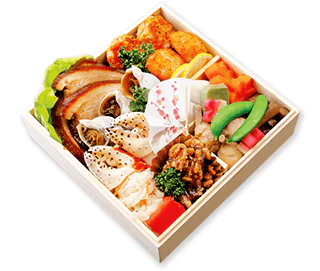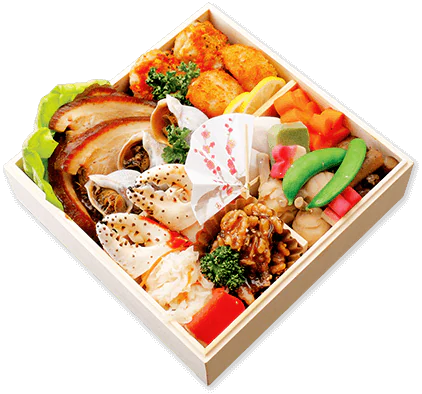
During the first three days of the New Year, Japanese enjoy osechi ryori, an elaborate array of preserved foods presented in gorgeous, multilayered lacquered boxes. The origins of osechi ryori arose from offerings made to honor the gods during sekku, special days which mark the changing of the seasons throughout the year. The most important of these is the welcoming of the New Year, and today’s osechi ryori developed from this custom.
Osechi ryori includes only auspicious foods, whether in color, name or shape; for example, kazunoko (herring roe marinated with soy sauce-based dashi) symbolizes the blessings of fertility and prosperity; the Japanese word mame in kuromame (simmered black soybeans with sugar) suggests working energetically. Despite changing times, the ancient custom of osechi ryori remains an integral and significant component of Japanese New Year traditions—albeit in simpler, rather more user-friendly versions.
Osechi is an integral component of Japanese New Year
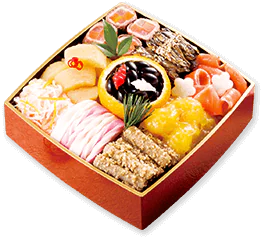
traditional Japanese cuisine
In the past, osechi dishes were prepared days in advance by the women of the household. Because these foods were intended to last through the first few days of the New Year, they were often preserved, pickled or salted, and were heavily seasoned. Nowadays, refrigeration, working couples and busy schedules have upended the conventional osechi scene, and the number of those preparing these special foods is gradually declining. Fortunately, buying prepared osechi ryori is now acceptable.
Osechi ryori is sold in various forms and is available from single helpings to large family-size quantities. Healthier, preservative-free versions are offered as well, including low-sodium and gluten-free options. Osechi may be pre-ordered and purchased at department stores, convenience stores and restaurants, or even online. Not only is it convenient to source osechi, but consumers may select from a surprising range of cuisines, from traditional Japanese favorites to Chinese or Western fusion.

